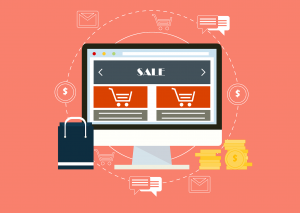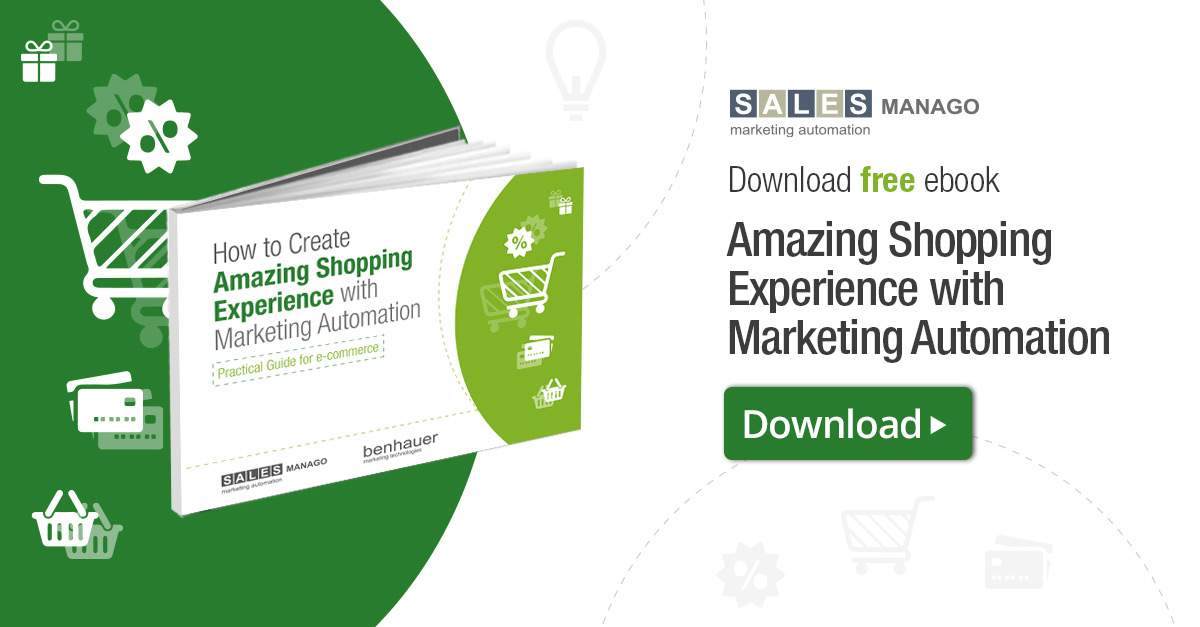 Do you dream of starting your own online store and wonder how could you make it finally happen? You already found your niche and have a great product, but still don’t know how to bring your online shop into existence and eventually guarantee its success? We got you covered! In this blog post we share 5 essential steps that’ll help you to launch a successful online store without failing in the attempt.
Do you dream of starting your own online store and wonder how could you make it finally happen? You already found your niche and have a great product, but still don’t know how to bring your online shop into existence and eventually guarantee its success? We got you covered! In this blog post we share 5 essential steps that’ll help you to launch a successful online store without failing in the attempt.
1. Sort out the technicalities
Firstly, you have to take care of all the technical matters: pick and register the domain name, choose hosting provider as well as the right ecommerce platform and integrate it with other services (for example payments processing, shipping, social media, Marketing Automation platform…). These are essential decisions that will greatly affect the technological side of your ecommerce business. If you don’t have the tech know-how, this part may be tricky and seem hard, but remember that you can always rely on a developer’s help. However, you should have enough knowledge in order to decide what fits you best. Every solution has its pros and cons that you should consider in the context of your business model and industry. Some universal issues to consider are the tools’ possibilities of integration and the usability: will it be hard for you to manage the shop without expert skills or knowledge? If yes, then maybe you’ll want to look for a more intuitive solution?
Check out SALESmanago integrations
2. Design a Customer Journey map
While you set up the ecommerce platform, apart from technical issues think also about the customer experience. Put yourself in your customers’ place and plan the route that leads them from the starting point of the journey (the moment they find out about your business) to the last step (the transaction). You can draw a map to visualize all the journey’s stages, its timeline and the so-called touchpoints: the key moments when interactions between the customers and the company occur. These points in the customer journey have a great impact on how they will perceive the brand. This way you are able to prevent any vulnerable moments in the shopping experience that could result in a negative sensation for the customer.
3. Plan your marketing activities
 Now that you have your store set up, make sure that your audience knows you exist. Choose the right marketing channels that’ll allow you to reach your potential customers. Here a Buyer Persona will come in handy, as it can help you to define who are your ideal customers and where to find them. This information will also be essential to decide what kind of communication will work for you.
Now that you have your store set up, make sure that your audience knows you exist. Choose the right marketing channels that’ll allow you to reach your potential customers. Here a Buyer Persona will come in handy, as it can help you to define who are your ideal customers and where to find them. This information will also be essential to decide what kind of communication will work for you.
Some examples of the activities that you can implement in your strategy are:
- Content marketing and SEO. Create great content (blog, for example) that will attract visitors to your website without any investment in promotion. Remember also to optimize your product pages for search engines to assure that your store will be visible in search results.
- Email marketing. Collect emails from your store visitors by setting a pop-up with a subscription form (you can offer something in exchange, for example a coupon or a freebie) and start sending mailings and newsletters in order to convert potentially interested visitors into customers.
- Dynamic and personalized content. You can deliver it to your customers via dynamic emails or dynamic recommendations on your website with products recommended for each customer.
- Promoting your store on Facebook with ads adapted perfectly to the customer needs and interests. This is possible thanks to SALESmanago integration with Facebook Ads that allows you to create advanced Custom Audiences and target precisely your potential customers on social media.
4. Collect feedback and improve your service
When the firsts customers make their purchases in your store, you can start gathering feedback with the purpose of improving your store operations. Even if you did create a Customer Journey map before launching your business, it’s highly possible that you overlooked something. Your first customers will be able to show you the weak points of your store. However, how to collect their opinions? Create a short survey about their experience and offer something in exchange: you can for example send thank you emails after the order is delivered and ask for filling the questionnaire in exchange for a discount coupon.
Use the responses to define any imperfections that can result in a potential customer outflow before it becomes a serious issue.
5. Retain your customers
 For a brand new online store finding new customers is hard, so when you acquire them, make sure they’ll stay with you. A recent research has revealed that bringing a new customer can be from 5 to 25 times more expensive than keeping an existing one! Having that in mind, building long-time relationships with customers definitely pays off.
For a brand new online store finding new customers is hard, so when you acquire them, make sure they’ll stay with you. A recent research has revealed that bringing a new customer can be from 5 to 25 times more expensive than keeping an existing one! Having that in mind, building long-time relationships with customers definitely pays off.
Here are some tips on how to achieve this:
- Use the information you gained about customers, for example their shopping preferences (based on the pages viewed and the transactions) or their birthday (to send them an email with a special discount). Use a Marketing Automation software to gather this data and utilize it to send personalized, irresistible offers to customers.
- Create a loyalty program. You can seek inspiration from the Bioderma case study. This French beauty brand successfully automated their customer loyalty program using SALESmanago Marketing Automation platform.
- Provide great customer service. Do you know that 74% of Millennials declare that would switch to another company if they received poor customer service (source)? Offer many ways of communication with your company, not only via phone or email. Use social media to communicate with customers and implement a Live Chat on your website, as statistics show that this channel recently continues to proliferate.
These simple steps will definitely help you in the interesting and adventurous journey of launching your own business.
See how you can use SALESmanago Marketing Automation platform in ecommerce


 Follow
Follow
















